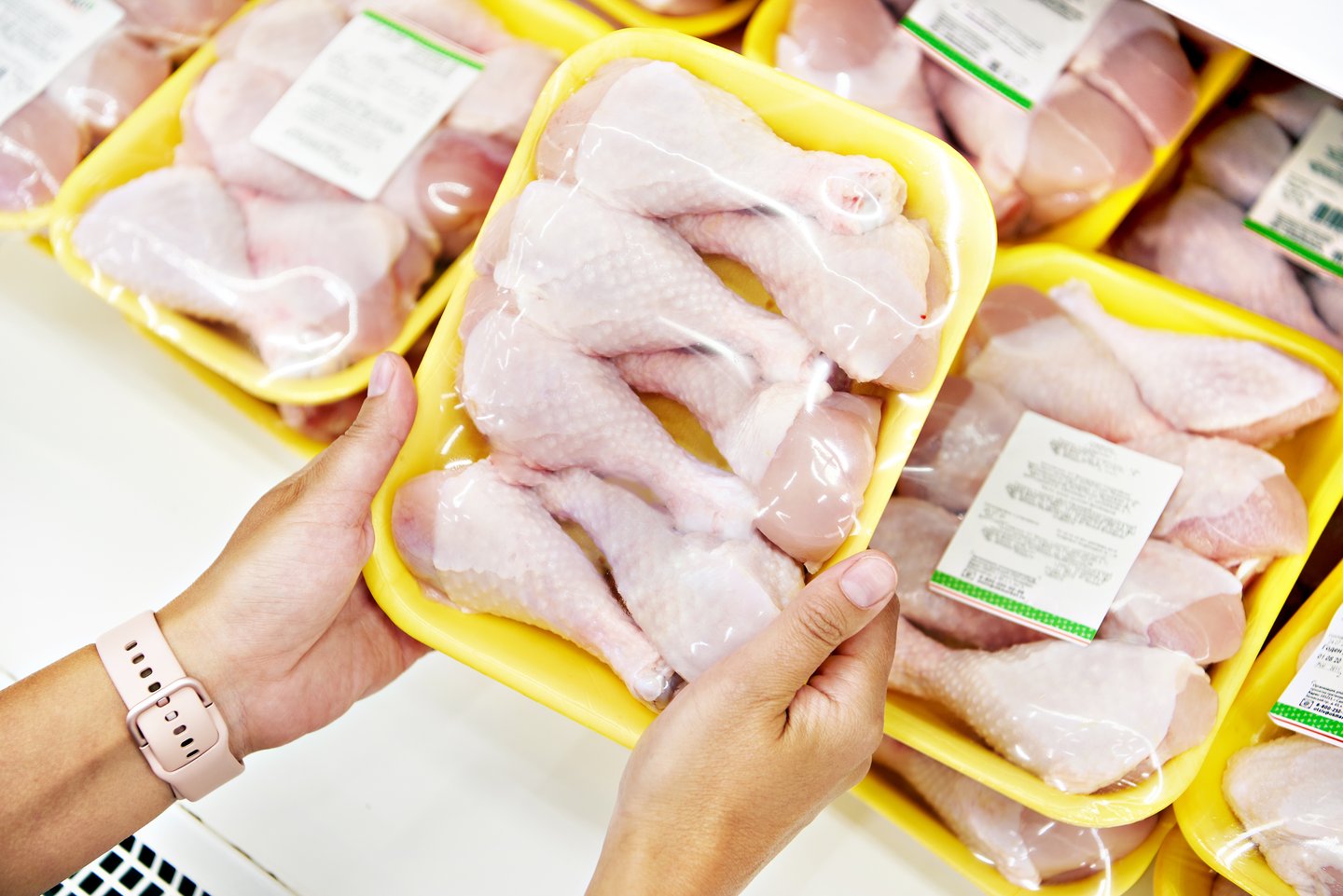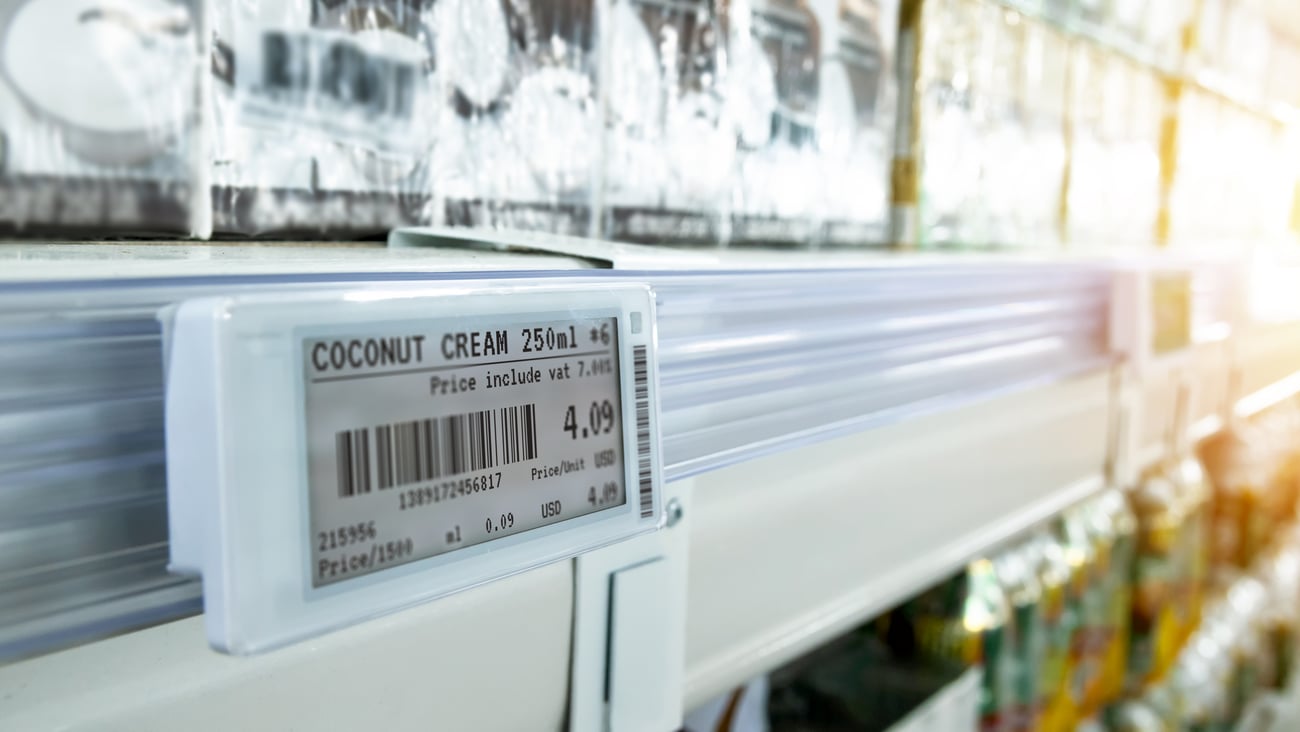When supply management becomes a supply crisis
Canada’s supply management system—once heralded as a pillar of food security and agricultural self-sufficiency—is failing at its most basic function: ensuring reliable domestic supply.
According to the latest figures from the Canadian Association of Regulated Importers (CARI), Canada imported over 66.9 million kilograms of chicken as of June 14—a 54.6% increase from the same period last year. To put that in perspective, this volume could feed 3.4 million Canadians for an entire year, based on per capita poultry consumption. That’s roughly 446 million individual meals—meals that, under a tightly managed quota system, were meant to be produced domestically. Imports now equate to over 12% of Canada’s domestic chicken production so far in 2025—highlighting the country’s growing dependence on foreign supply.
To be fair, the avian influenza outbreak in Canada has disrupted poultry production and partially explains the shortfall. But even with that disruption, the numbers are staggering. Imports under trade quotas established by the WTO, CUSMA, and CPTPP are all running at or near pro-rata levels, signaling not just opportunity—but urgency. Supplementary import permits—designed to be exceptional, last-resort tools—have already surpassed 48 million kilograms, exceeding the total annual import volumes of some previous years. This is not a seasonal hiccup. It is systemic failure.
READ: With 8.7m birds dead, B.C. farmers assess avian flu toll, and worry about what's next
Canada’s poultry sector is supposed to be insulated from global volatility through supply management. Yet internal shocks—like the domestic avian flu outbreak—have shown just how fragile the system really is. When emergency imports become routine, we must ask: what exactly is being managed?
The original intent of supply management was to align production with domestic demand while stabilizing prices and farm incomes. But that balance is clearly off. The A195 production period, ending May 31, 2025, showed one of the worst underproduction shortfalls in more than 50 years. Producers remain constrained by rigid quota allocations, while consumers face rising poultry prices. More imports. Higher costs. Diminished confidence.
Some defenders will insist this is an isolated event. It’s not. This is the second week in a row Canada has reached pro-rata import levels across all chicken categories. Bone-in and processed poultry products—once minor parts of emergency import programs—are now essential to keeping the market supplied.
The dysfunction extends beyond chicken. Egg imports under the shortage allocation program have already topped 14 million dozen, a 104% increase from last year. Just months ago, Canadians were mocking high U.S. egg prices—yet those prices have since fallen. Ours haven’t.
All this in a country with $30 billion in quota value, intended to protect domestic production and reduce reliance on imports. Instead, we are importing more—and paying more.
Meanwhile, Bill C-202, now before the Senate, seeks to shield supply management from future trade negotiations, effectively making reform even more difficult. So we must ask: is this really what we’re protecting? A system that fails to meet demand, depends on foreign product, and drives up costs at the grocery store?
Our trading partners are taking full advantage. Chile, for instance, has increased its chicken exports to Canada by over 63%, now accounting for nearly 96% of CPTPP-origin imports. While Canada doubles down on protectionism, others are gaining long-term footholds in our market.
It’s time to face the facts. Supply management no longer guarantees supply. And when a system meant to ensure resilience becomes the source of fragility, it is no longer an asset—it’s an economic liability.






